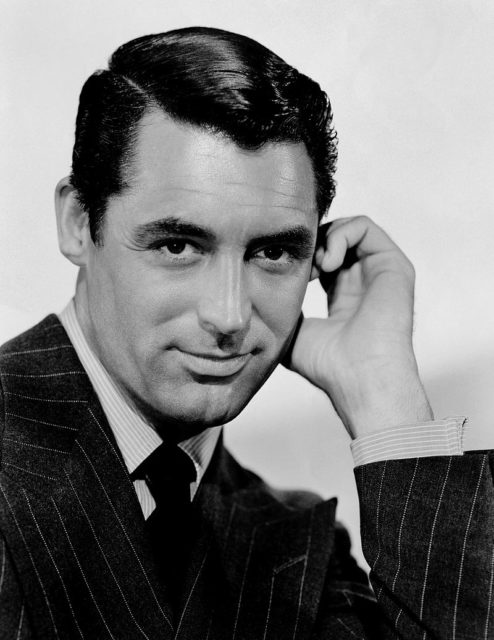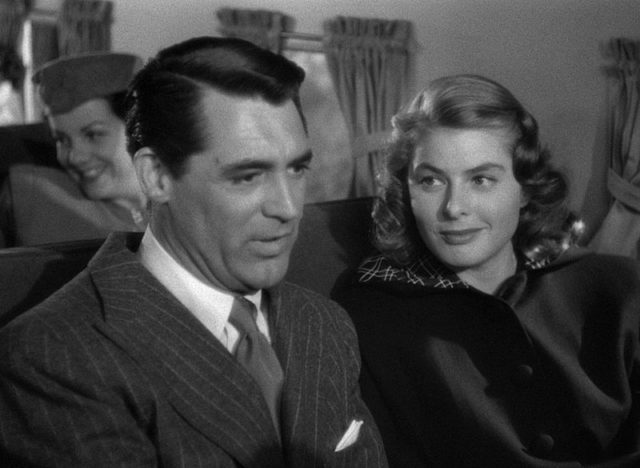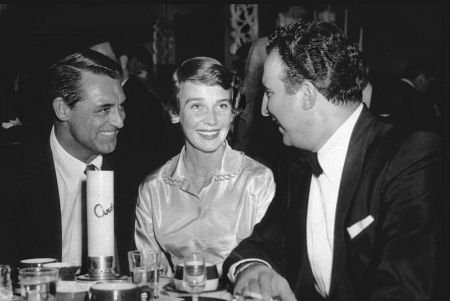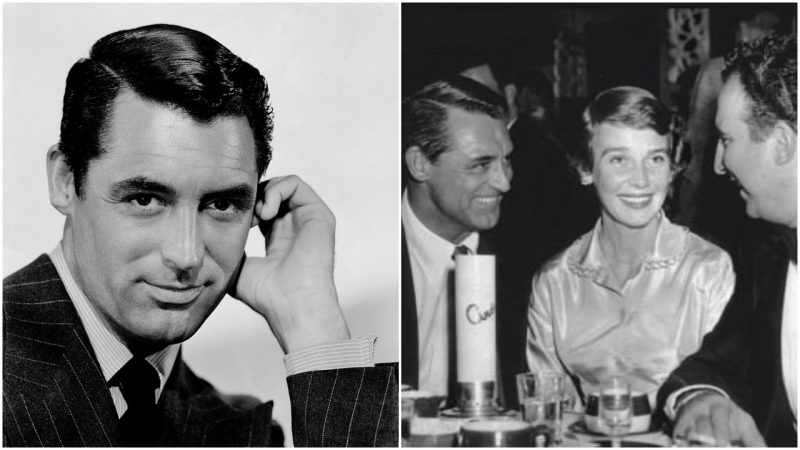Cary Grant was a prolific British-American actor who is praised as one of the best actors of the classical Hollywood cinema.
In 1999, the American Film Institute named him the second greatest male star of the Golden Age Hollywood cinema. Surprisingly, Grant never won an Academy Award for any of his stellar performances, but he was awarded an honorary Oscar in 1970.

Despite being one of the wealthiest and most successful Hollywood stars, Grant occasionally suffered from bouts of depression and anxiety. His issues were mainly caused by various tumultuous romantic relationships and several traumatic events that occurred in his childhood and youth.
One that severely traumatized Grant took place when the Nazi Germany’s Luftwaffe bombed Bristol in 1940. At that time, Grant had already moved to the United States while the rest of his family remained in the Bristol suburb of Horfield. During one of the bombings, Nazi bombs hit Grant’s childhood home and killed his uncle, aunt, cousin, and his cousin’s husband and grandson.

Also, the bombs destroyed a collection of Grant’s toys and childhood artifacts and, because of this, Grant constructed a giant vault in his mansion. He used it to store the childhood artifacts of his daughter Jennifer to preserve her childhood memories forever.
Grant attempted to alleviate his emotional troubles by experimenting with several methods of psychotherapy. Most notably, in the late 1950’s, he experimented with LSD. His then wife Betsy Drake inspired him to study psychoanalysis, and he attended approximately 100 sessions of psychoanalytic therapy that involved acid trips.
Since LSD wasn’t illegal at the time, he received regular LSD treatments from a radiologist named Mortimer Hartman. Grant thought that LSD would help him alleviate his inner turmoil and help him overcome his childhood trauma. Although the drug never repaired his psychological issues, he remained a supporter of the therapeutic usage of psychedelic drugs until the mid-1960s and reportedly continued taking LSD until 1967.

Despite suffering from psychological issues throughout his life, Grant led a productive life and achieved the status of an absolute star of the classical Hollywood cinema.
His numerous stellar performances will remain an undying inspiration for artists and film lovers worldwide. Also, his achievements prove that psychological issues can be used to fuel one’s artistic endeavors.
